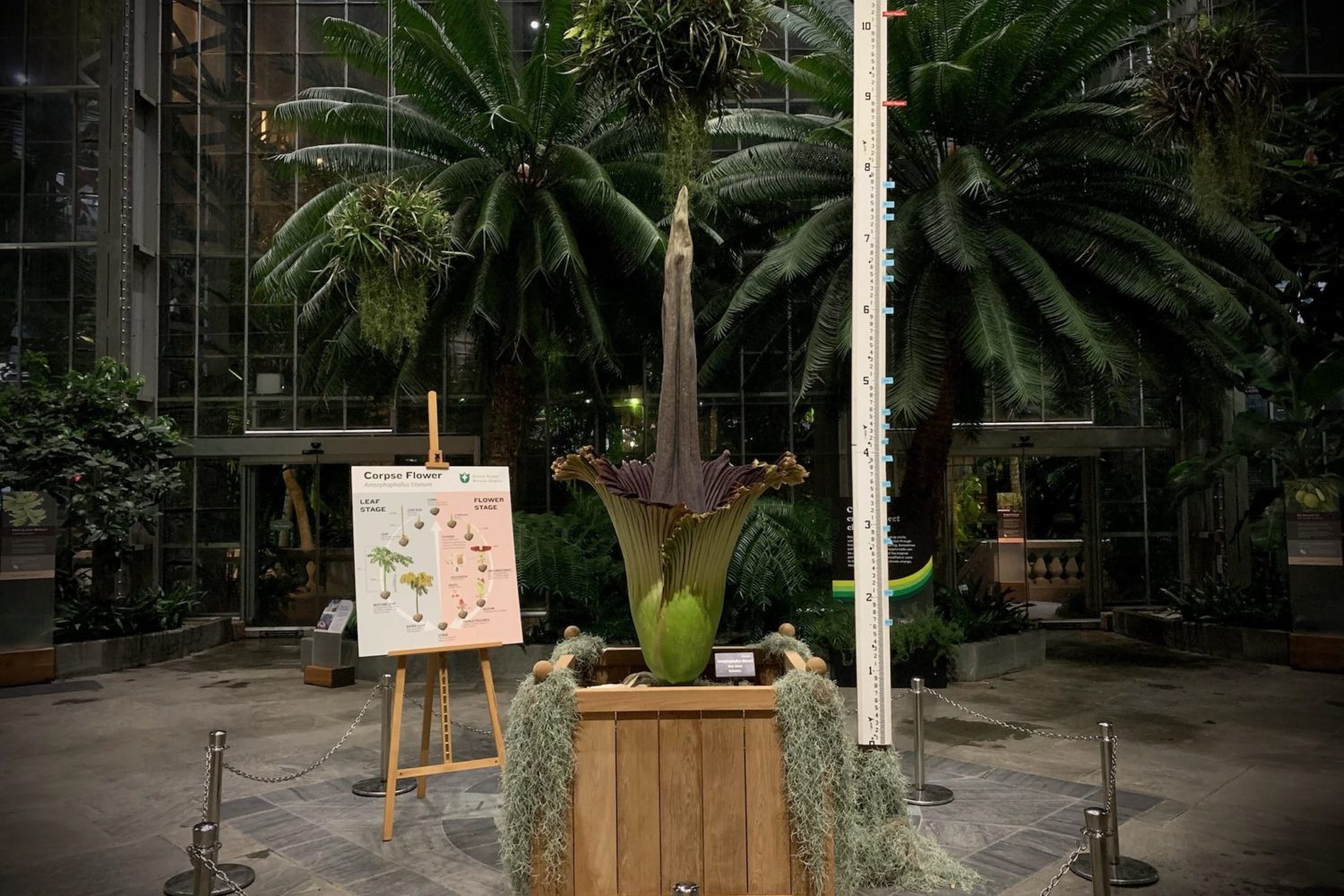Nora Pouillons second restaurant, Asia Nora, began life as City Café, a casual Modern American restaurant open for lunch and dinner and much missed when Nora decided in 1994 to change the format to Asian cuisine. With that change, she transformed a hard-edged modern restaurant into one of the most dreamily romantic spaces in Washington. The lights are low, the walls hung with Asian artifacts, the chairs comfortable, the bar cozy. An upstairs dining room provides an even more intimate atmosphere. Tables are set with rosewood chopsticks and handcrafted pottery commissioned by the restaurant.
In its early days, Asia Nora served traditional foods from a number of Asian cuisines–pho and garden rolls from Vietnam, tempura from Japan, noodle dishes from China and Thailand–made with fresh, organic ingredients. The cooking was justifiably criticized in this magazine and elsewhere for being inauthentic and priced much higher than authentic, more satisfying versions of the same dishes in ethnic Asian restaurants.
Things have changed. In the nearly seven years since the restaurant opened, the Asian influence on American cooking has become much more pervasive. A world of Asian ingredients–ginger, lemongrass, wasabi, hoisin sauce–has entered the vocabulary and the pantry of American cooking. In less-skilled hands, they can be overwhelming. Used sensitively, they have added a new dimension to dining.
Asia Nora no longer tries to re-create dishes that can be found in ethnic Asian restaurants so much as to incorporate the flavors of Asian cuisine into the repertoire of Modern American cooking. Combined with the top-quality organic ingredients, its usually a winning combination.
Chef Haidar Karoums menu changes monthly; in February it had 16 dishes, a less-ambitious menu than Restaurant Nora. There were only a few misses. Starters included a very good version of fried calamari, coated in crisp panko crumbs and served with a zesty smoked-chili aïoli; oysters are wrapped in kataifi–finely shredded phyllo dough–for extra crispness and paired with a coriander rémoulade; and delicious spicy mussels are served in a Thai-inspired red-curry broth with coconut and lemongrass and accompanied by a nontraditional version of Indian flatbread. The weakest of the appetizers was a version of Chinese pot stickers whose filling was tasty but whose wrapper was thick and hard when fried.
Main courses take many of the favorite dishes of Modern American cooking and pair them with Asian spices. Rare-cooked ahi tuna is accompanied by a beautiful side dish of red chard with wasabi oil. Perfectly translucent pan-seared sea scallops are served with horseradish mashed potatoes. Crispy duck breast and poached Asian pears are nicely complemented by the sweetness of roasted root vegetables. Loin of lamb is cooked precisely medium-rare as ordered and garnished with a spicy mixture of eggplant, peppers, and Thai basil. The banana-leaf-wrapped wild striped bass was disappointingly bland.
As at Restaurant Nora, desserts are a hit. Warm chocolate-and-coconut cake with coconut sorbet, a warm Asian-pear tartlet with honey-lavender ice cream, and grilled banana with caramel-ginger ice cream and chocolate sauce are certainly not Asian and probably better for being inauthentic.
The wine lists of Nora and Asia Nora, though chosen by the same hand, have little in common. The labels they do share are often priced higher at Asia Nora, which on a list of four dozen has only eight bottles priced at less than $40. In addition to the wines, theres a list of American whiskies.
Asia Nora is a bit expensive for an ordinary weeknight dinner. It does, however, go on my list of places to recommend for an occasion for two, perhaps a birthday or an anniversary. The room is lovely, the service polished, and the food imaginative and consistently well prepared.

















